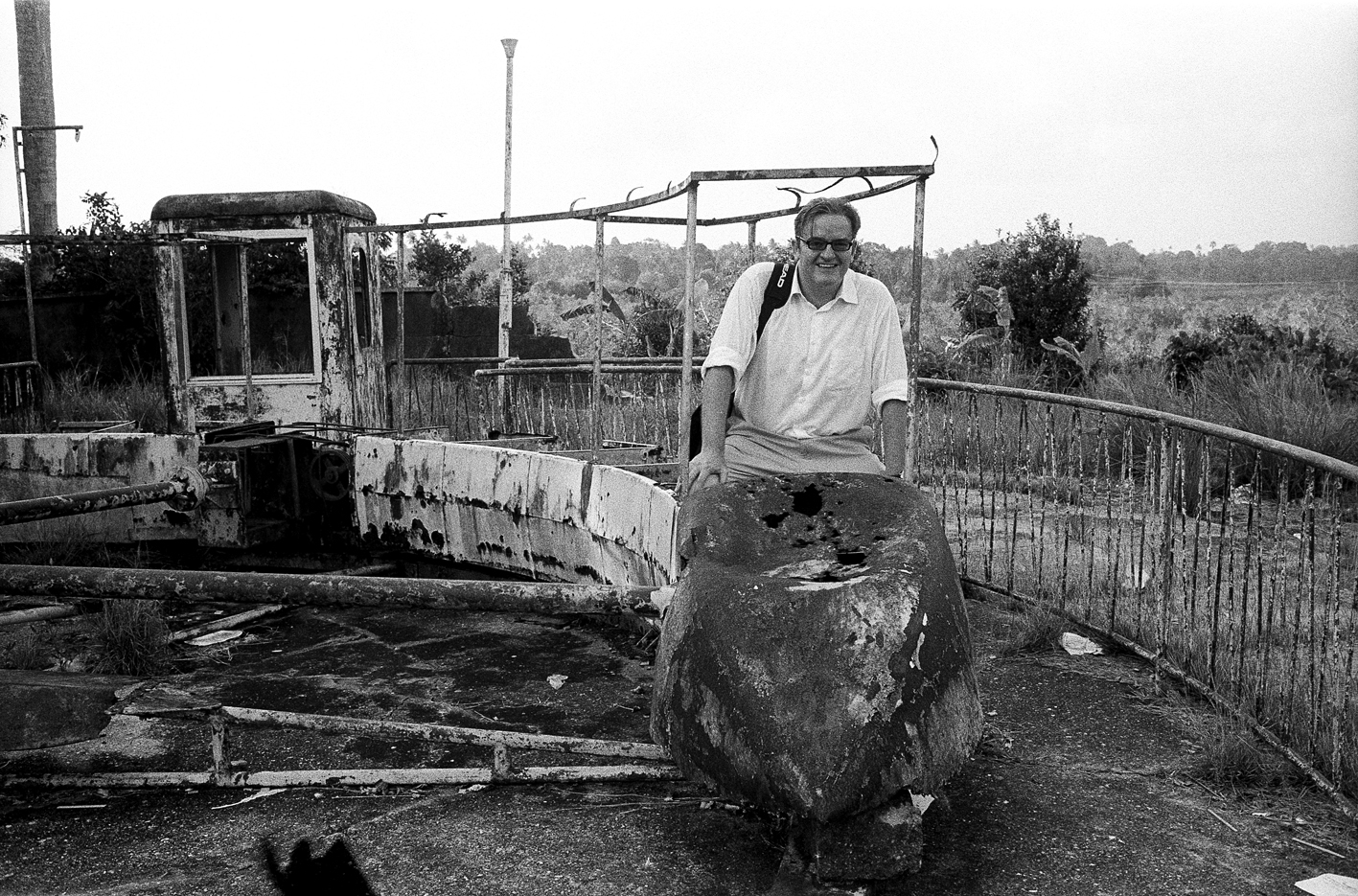16. Nandi Flame (Spathodea). A truly local tree, named after Kenya’s Nandi Hills, and celebrated in ‘The Flame Trees of Thika’. Its greatest feature is its bright orange-red clusters of flowers, with petals edged with yellow, creating its spectacular flame effect. The bark is also good for curing liver complaints, and when boiled makes a great treatment for nappy rash! And hummingbirds love them. A flaming great tree!
17. African Wild Date Palm (Phoenix reclinata). A handsome maverick of a tree, 5 metres high with a regal crown of fronds. Even though this tree’s main purpose is to look impressive, you can, if you are hungry enough, eat its oval shaped fruit once they ripen from green to brown. Or you can try climbing up its old leaf scarred trunk, and sit opulently among its dioecious (either male or female) flowers!
18. Weeping Fig (Ficus benjamina). When you need some shade, try sitting under this tree. It’s a big evergreen, with drooping foliage that keeps you cool all day long. Apparently it’s the official tree of Bangkok – well the sun’s pretty hot there, so they need all the natural air-conditioning they can get.
19. African Pencil Cedar (Juniperus procera). An evergreen highland forest tree. It has prickly leaves, and grows small yellow male cones and purple-blue female cones, which look a bit like berries. The timber is great for house-building, making poles, posts, furniture, pencils and as beehives. It’s also great for fuel. If you grind up the young twigs and buds and then soak them in water you will have a great cure for intestinal worms! Yum yum.
20. Indian Rubber Plant (Ficus elastica). Another tree familiar to British indoor plant aficionados. But this one is about 20m tall. It’s actually part of the banyan family of fig trees, and it lives in a co-evolved relationship with the fig wasp, that it relies on for pollination. In some parts of India these trees are used to form ‘living bridges’ by growing them over chasms, some of them over 500 years old! The ‘rubber’ name comes from the latex in the tree – at one time these trees were used to make rubber, but they are not the main commercial source of rubber – that is the pará rubber tree. In fact the latex can be fatal if swallowed – try eating liquid rubber and you will discover why.

















